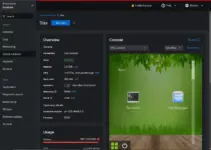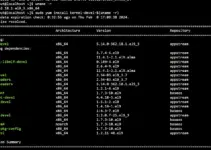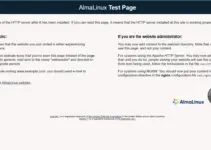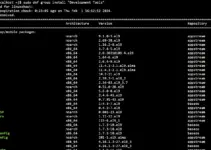Learn the commands to install the Vivaldi browser on RHEL based AlmaLinux 8 or Rocky Linux 8 using the command terminal.
Vivaldi is an interesting alternative to Chrome, Firefox, Opera, and other popular browsers. And like most of the other web browsers, this one is also available for Linux. The USP of Vivaldi is it offers a refreshing experience instead of the same monotonous approach. Instead of trying to please all users, the Norwegian company Vivaldi Technologies focuses on users for whom there are never enough functions. The idea for such a browser alternative came from Opera users who were dissatisfied with the radical slimming of “their” browser. The browser is now available for Windows, Mac, Linux, and Android app. Vivaldi’s in-built Mail client, a calendar, nice tab management, and a feed reader are some interesting features.
Steps to install Vivaldi browser on Rocky Linux or AlmaLinux 8
The commands given here to install Vivaldi will be the same for other RPM-based Linux such as RHEL, CentOS, Oracle Linux, and Fedora.
1. Requirements
• Rocky Linux 8 or AlmaLinux GUI desktop
• A non-root sudo user
• Internet Connection
2. Install Yum or DNF Utils tool
To add a repository using the command line, but with ease using a single command; first, install dnf-utils package on your Almalinux or Rocky Linux 8.
sudo dnf update sudo dnf install dnf-utils
3. Add Vivaldi Repository
Unlike Firefox, the packages of Vivaldi browsers are not available to install using the system’s base repository. Hence, we need to add one supplied by the developers of the Vivaldi browser for RPM-based Linux OS.
sudo dnf config-manager --add-repo https://repo.vivaldi.com/archive/vivaldi-fedora.repo
Again run the system update command to refresh the repository cache.
sudo dnf update
4. Command to install Vivaldi Browser on AlmaLinux | Rocky Linux 8
Well, that’s it; now we can use the default DNF or YUM package manager of Rocky or AlmaLinux to install the popular Vivaldi browser using the command terminal.
However, just like Chrome and other browsers, there are multiple editions. It has Stable and Snapshots. What is the difference between these two?
For stable version
The stable version is the well-tested build of the browser to use for personal or business purposes.
sudo dnf install vivaldi-stable
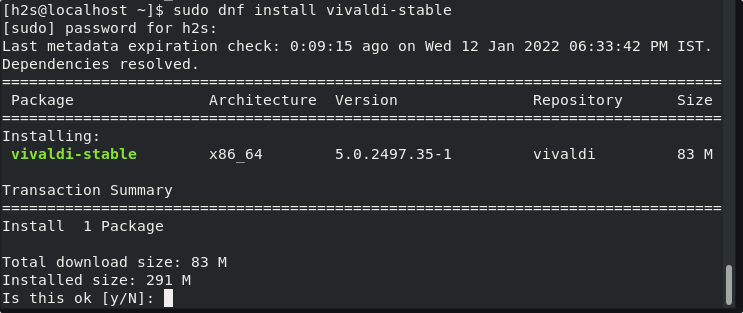
For Snapshot
Well, Snapshot is nothing but a name used for the developer branch of the browser. It offers the packages that are currently in development and users can download them to test the browser’s upcoming features and improvements.
sudo dnf install vivaldi-snapshot
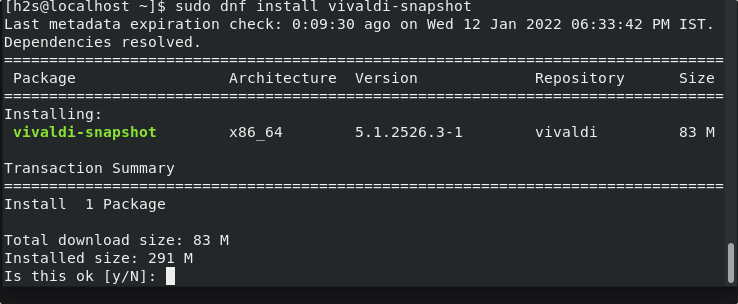
6. Run the Browser on Rocky or Almalinux
Once the installation is completed, we can start the Vivaldi browser either using the command terminal or from the Application Launcher.
Via Terminal
vivaldi
Via GUI Interface
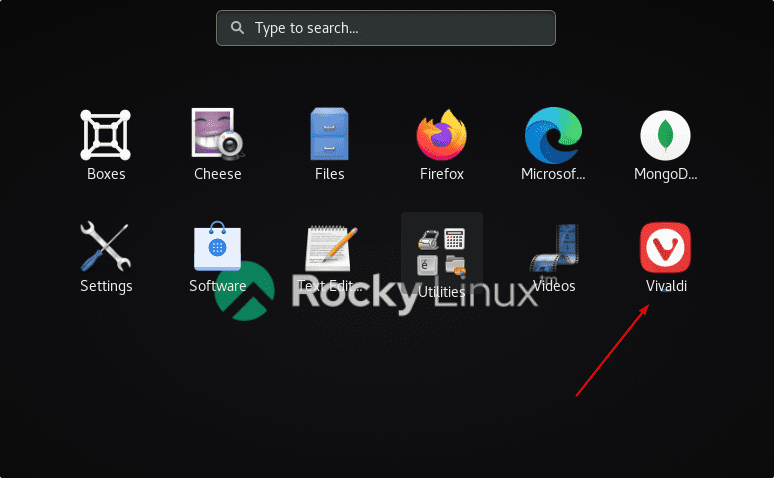
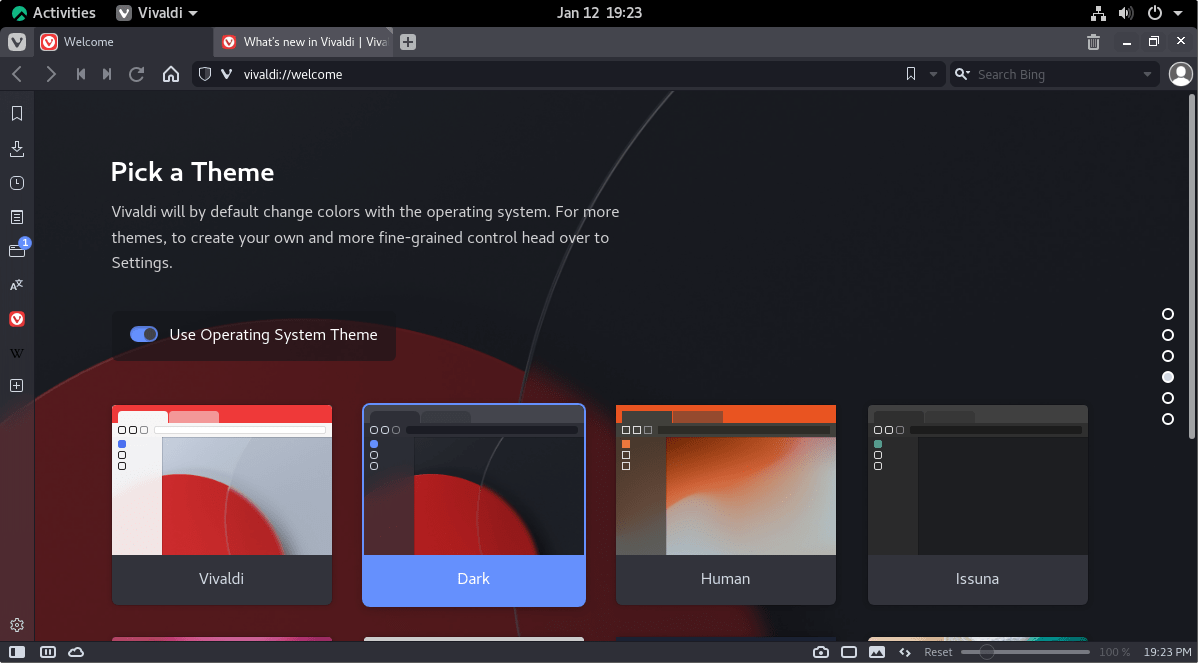
7. Access Vivaldi Mail Client
Out of the other features, one which is popular in Vivaldi is the inbuilt email client. Open the browser and then click on the browser, then select the “Settings” option.
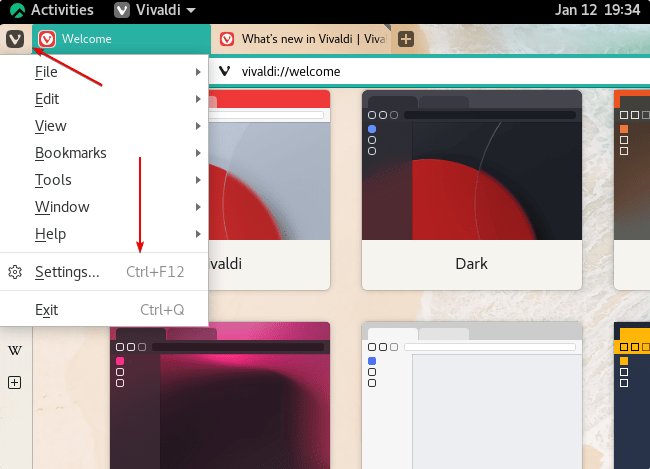
8. Enable Mail option in Vivaldi Browser
Scroll down and then click the box given for “Enable Mail, Calendar and Feeds“.
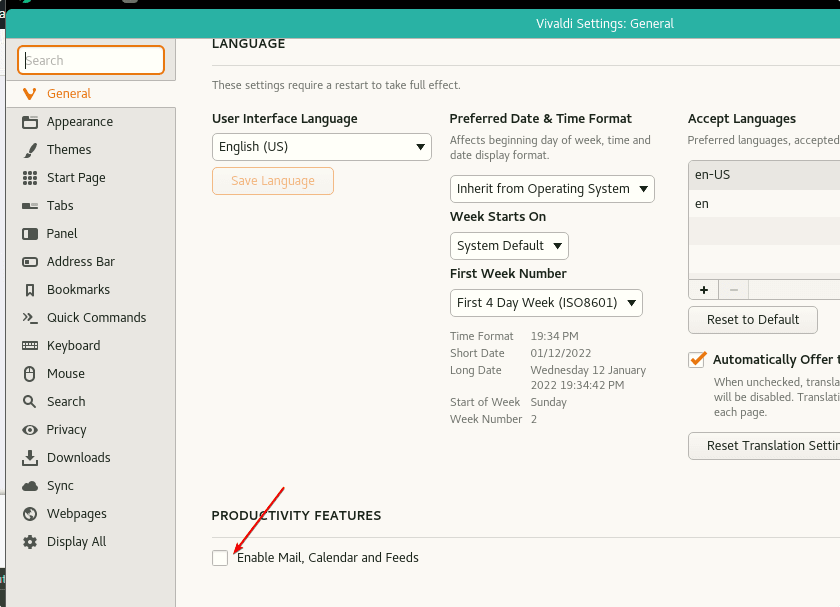
After that select the Mail option from the Settings and then add your email account on Rocky Linux or Almalinux Vivaldi. To know how to do that- you can see our tutorial on how to add and use a Gmail account on the Vivaldi browser mail account.
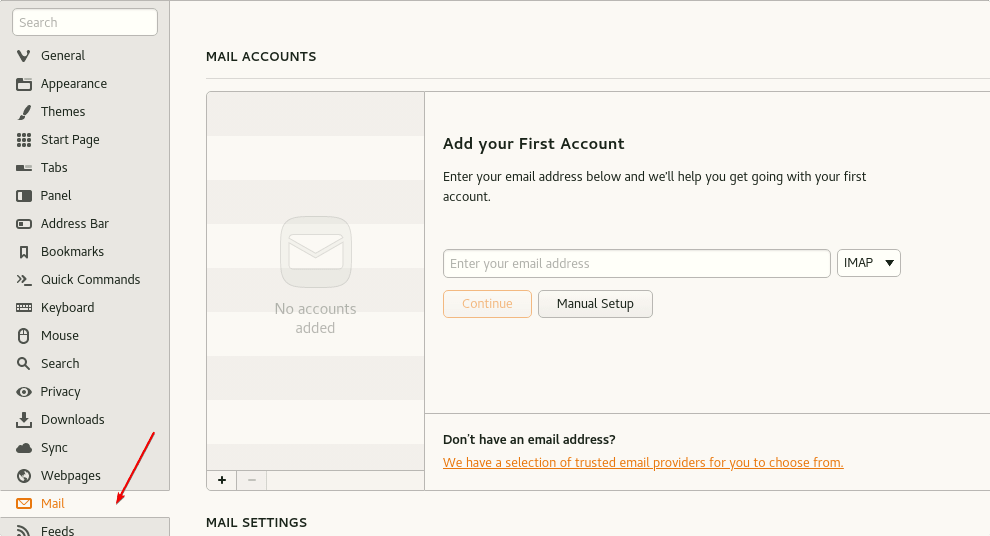
9. Update the Browser
As we have used the repo of Vivaldi to install it on our Almalinux or Rocky Linux 8, hence nothing extra we have to do. Every time we run the system update and upgrade command, it will install the latest version available for the browser.
sudo dnf update && sudo dnf upgrade -y
10. Uninstall or Remove Vivaldi from Rocky or Almalinux 8
Those who are not interesting anymore in the browser can remove the Vivaldi using the command given here:
sudo dnf autoremove vivaldi-stable
To remove repo:
sudo rm /etc/yum.repos.d/vivaldi*
Ending note:
Vivaldi made a positive impression in our usage. It is a modern and fast browser that stands out from established competitors such as Firefox and Chrome thanks to its many customization options, extensive tab management, and cool extras. If you are a power user who constantly deals with many tabs, who want great flexibility and, above all, many features.
Other Articles:
• 2 Ways to install Google Chrome browser on AlmaLinux 8 | Rocky Linux
• 9 Best Email Client Apps for Linux distros such as Ubuntu
• How to browse Google search on Linux command terminal
